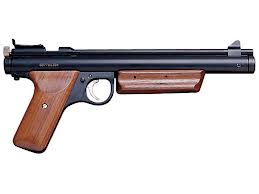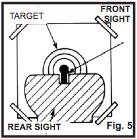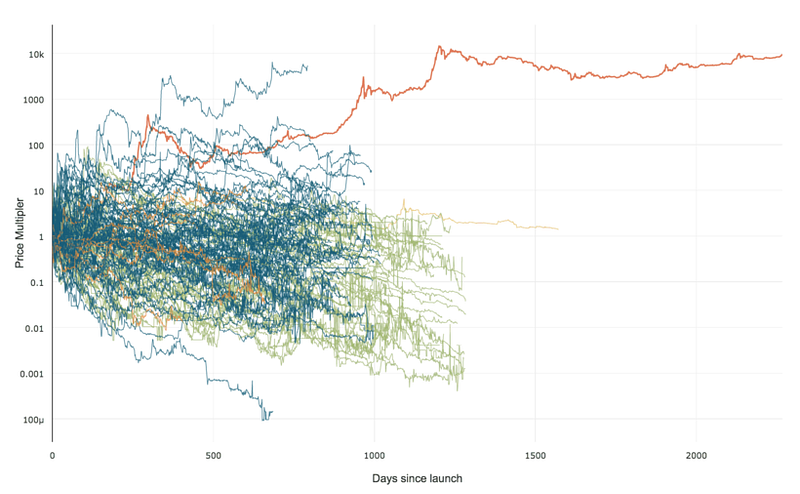It was a sunny fall day in the south. I decided I would get out the old HB22 Crosman Benjamin pellet pistol and see if I could zero the sights. Actually, I wanted to do more than zero the sights. I wanted to calibrate the ballistic trajectory and figure out why I couldn’t hit anything when I aimed at it.
 I collected target data using 8 pumps and 14.3 grain wad cutter 0.22 caliber pellets. After collecting data at 4 distance points, I am well on the way to making the Benjamin HB22 a target tagging tool. Turns out at “up to 460 fps”, pellets drop more than I would have imagined and that’s why I was missing things. I can’t blame Benjamin for that one – gravity sort of comes with the territory.
I collected target data using 8 pumps and 14.3 grain wad cutter 0.22 caliber pellets. After collecting data at 4 distance points, I am well on the way to making the Benjamin HB22 a target tagging tool. Turns out at “up to 460 fps”, pellets drop more than I would have imagined and that’s why I was missing things. I can’t blame Benjamin for that one – gravity sort of comes with the territory.
Out of the muzzle, the pellet is 0.6″ lower than the sight line. 25′ down range, it is 1.0″ above the sight path, and by 60′ down range, it is 1.2″ below the sight path. About 45′ is the sweet spot, with the pellet 0.1″ above the sight path. I have the rear sight all the way down against the body of the gun. If I raised it, I could bring the pellet trajectory up a bit, but I don’t think I’ll be shooting out beyond 60′, so right now it seems about right.
For a target 60′ away, 435 fps gives 0.138 second from muzzle to impact. Assuming that interval is correct, high school physics provides y=0.5 * a * t^2. Plugging in my numbers gives 0.5 * 9.8 m/s^2 * (0.138 s)^2 = -9.3 cm or -3.7 inch drop from the initial flight trajectory. In practice, the drop from max to min along the gravity axis was about 2.2″ (a little bit less drop). The smaller drop compared to theory might be because 1) the initial trajectory was upward, or 2) muzzle velocity was higher than 435 fps.
At 43′, the farthest spread pellets in the group were 0.9″ or about 6.3 minutes of an arc (MOA). At 43′, the pellet penetrated one side of a metal food can, and split the other side, but it did’t have enough oomph to make it out the other side.

During this process, I did stumble across one annoying fact. The HB22 Owner’s Manual incorrectly teaches how to aim using iron sights. Excerpted here is a picture of the diagram they publish in the pellet gun manual. What do you see wrong?
The rear and front sight lines are suppose to bisect the center of what you’re trying to hit. The diagram in the manual shows the bulls-eye sitting on top of the sight line, which seems to be repeated by others. This is a misleading teaching because the center (goal) is above the sight line. If you don’t believe me, consider if another outer ring was colored black. Would you adjust your aim just because I colored another ring? No way. Instead, the idea is to make the front and rear sight line cross the center of black circle.
I was told some target competitive shooters who always shoot at the same distance and same size black dot set their guns up to hit bulls-eye when aimed at the bottom of the black dot. That would work, but is a very special case that won’t work in the field with variable targets of real life.

 99% of ICOs Will Fail
99% of ICOs Will Fail The 10,000 year view of cryptocurrency
The 10,000 year view of cryptocurrency